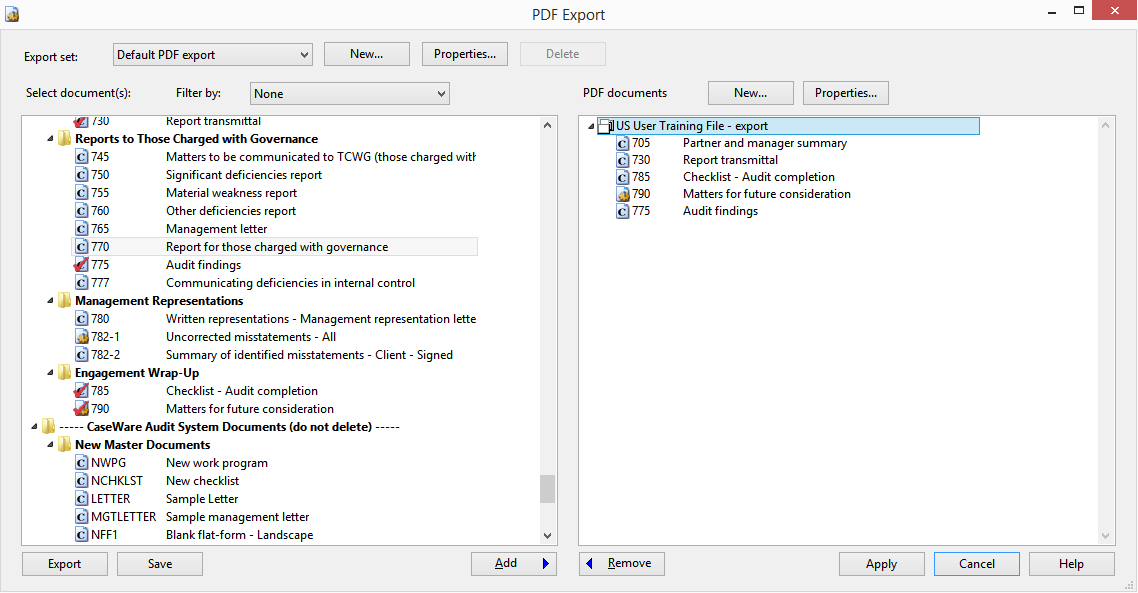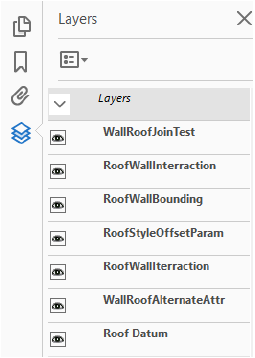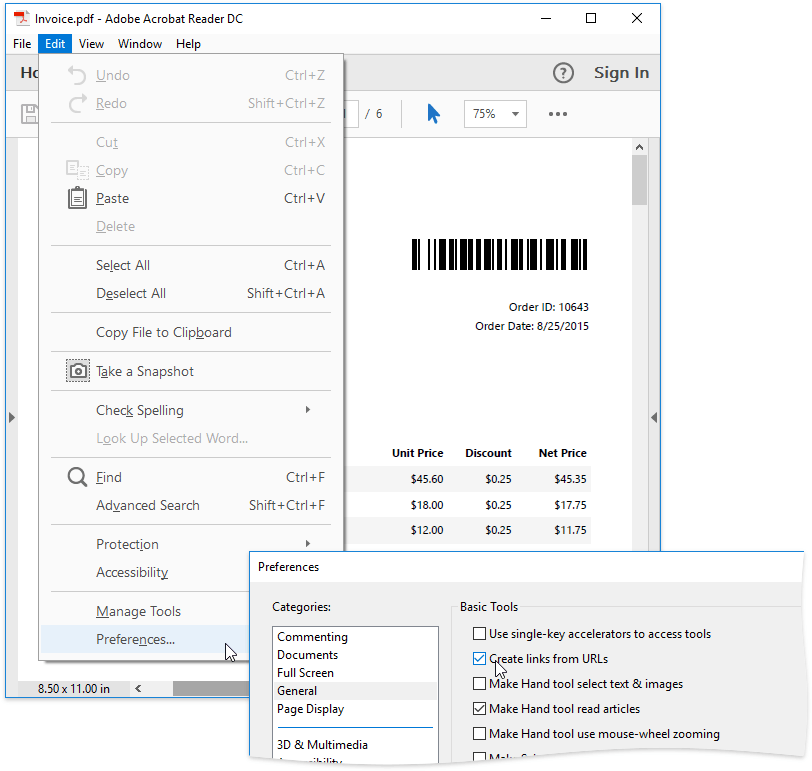


For now, the two most important things are the X in the top right corner (it closes the document), and the up/ down arrows on both sides of the screen - they scroll the document down to the next screenful of text. It will tell you almost everything you could want to know. There s a whole lot of things going on here, and the best way to know what the different buttons means is to tap the magic.

The three T s highlight, underline, and strikethrough, respectively. You just select a bit of text, and an annotation pop-up then offers some options: Copy: Copies the text to the clipboard Tag: We ll come to this later. Annotating files This bit s really easy, because it s like many other PDF readers and annotators. If you double-tap again, it will zoom down to show an entire page. You ll then see something like this: If you double-tap the page, it will zoom up to maximise the width. To jump directly to the sections dealing with these, use the Table of Contents.Ĥ Opening files To open a file, tap on its name in the file browser (tapping on the arrow to the right of its name does something else. Once you ve imported a file or two, you re ready to start annotating, tagging, and organising. But it is only the parent folder that is maintained - TagNotate does not use hierarchical folder structures. When you import folders into TagNotate, each file s parent folder will be turned into a folder within TagNotate, and this folder will contain all the files that were inside that folder. TagNotate also supports folders (these are dealt with towards the end of this document): To import files arranged in folders, compress them into a single zipped file. You can import multiple documents by compressing them into a zipped file and importing that.
EXPORT TO PDF ON TAGNOTATE HOW TO
The other two options describe how to use itunes to import or export files, as well as how to use Open in function that allows other apps to send a PDF file to be opened by TagNotate. Once you re in Dropbox, navigate to the file you want, tap it, and it will download. A pane will appear with three options: If you tap the highlighted area, the app will open up your Dropbox (it will ask you to sign in and authorise the very first time). For now, you ll want to get some files into TagNotate, start annotating, and then start taggingģ Importing files Just tap the Get Files button.

The file browser is actually very powerful once you ve added tags to your annotations, or started using folders. Files are in fact placed in the Trash - a special folder we shall come to later. The easiest is to swipe the filename leftwards. This is the TagNotate file browser, shown below with an additional file (we added it just so we could create better examples for this document): There are various ways to delete a file. Getting Started V1.1Ģ Browsing files The first time you open TagNotate, it will look like this (if this is your first time opening it): Files are listed in the lefthand (blue) pane. For features not covered here, please refer either to the accompanying FAQ document, or to. Hint: If you have just installed TagNotate for the first time, this document and the accompanying FAQ include a small number of annotations and tags so that you can explore TagNotate s features right away. It s the button highlighted on the right, with T/C on it. It will take you, instantly, to the sections that most interest you. The second most important button is the Table of Contents for this document. Tapping this arrow brings you back to where you came from. I you follow a link within TagNotate, a leftwards arrow will appear in the top left of the screen. Red text, like that shown above, is an active link to a page in this document that details the feature described in red. The other text along that bottom bar shows the currently open folder All Files is the default folder, although you can create your own folders too. The most important button in TagNotate is the, which you can find on the bottom of each screen: Tapping on it will bring up the inline help - yellow panes that tell you, depending on what s displayed on your screen, what the different buttons, menus, swipe gestures, etc. 1 Welcome to TagNotate Read this page, even if you read nothing else This document should help you get started.


 0 kommentar(er)
0 kommentar(er)
